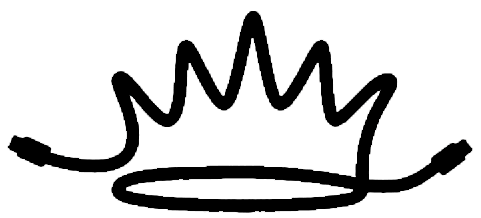OVERVIEW
For the Cartier / Harpers Bazaar Icons project, Irving Harvey was able to provide a post solution that combined service, infrastructure, and supervision to create a pop-up post house and facilitate as-fast-as-possible asset delivery on-site of a high profile branded press event.
Our friends at HearstMade, Hearst’s branded content creation team, contacted us in the early planning stages of their Cartier project for Hearst’s annual Harpers Bazaar Icons fashion week event. The project called for immediate turnaround of social assets shot at the event to be posted through the various Cartier social channels, with setup for supervision and feedback by the Cartier creative team on-site during and after the event.
The HearstMade team was looking for us to help work out a plan that would facilitate this required speed of footage ingest and edit turnaround, as well as provide the data management, workflow, and color grading service necessary to supplement their own editorial team. We saw this as an opportunity to create our vision of what an on-set pop-up post house for HearstMade’s editors to plug into seamlessly.
